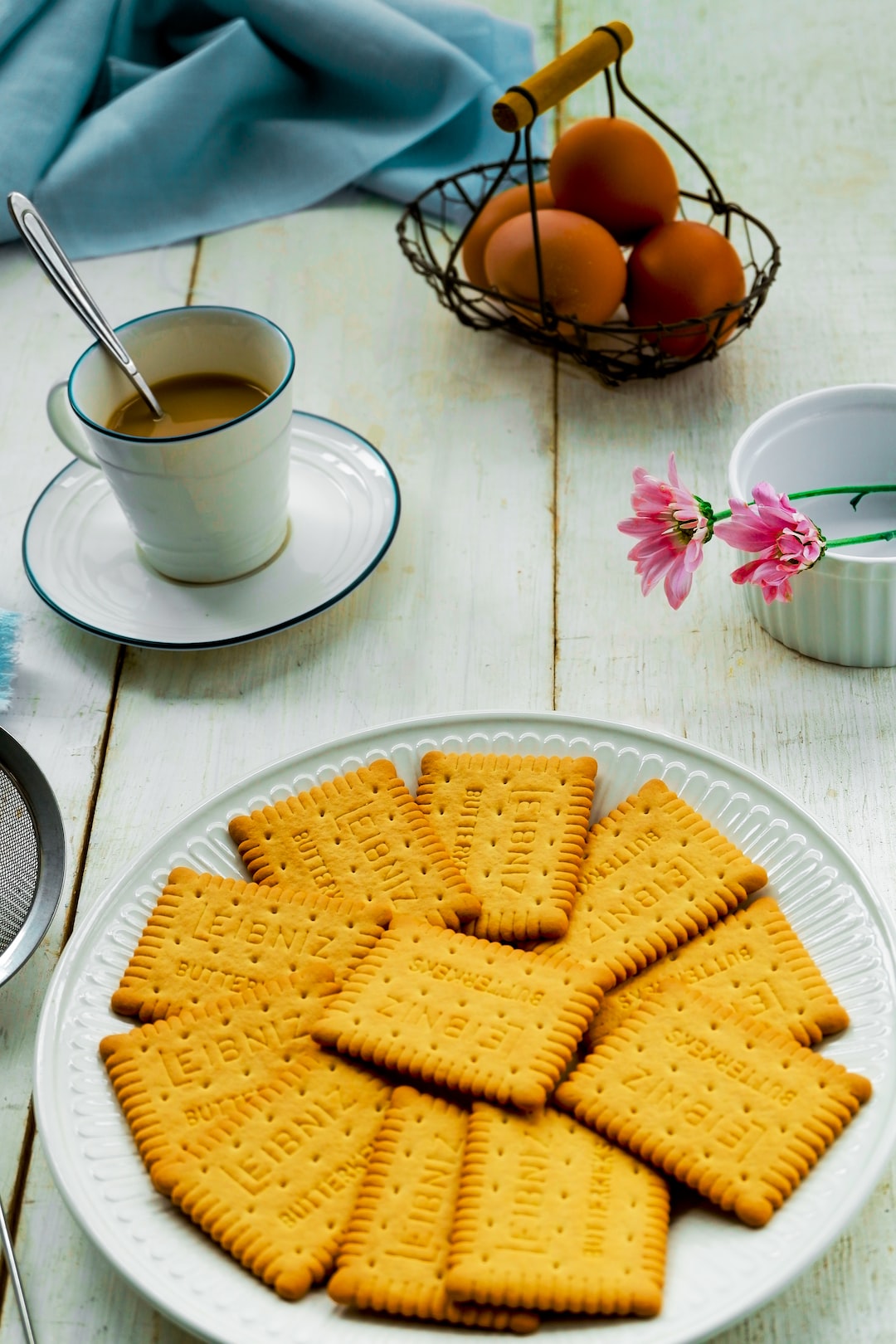Chocolate is one of the most beloved treats in the world, but its history is as rich as its taste. From the ancient Mayans to the modern confections we enjoy today, the journey of chocolate is a fascinating one.
The story begins over 3,000 years ago in Mesoamerica, where the ancient Mayans first discovered the cacao tree. They believed that cacao had divine origins, and it played a significant role in their religious and social ceremonies. The Mayans used the beans from the cacao tree to create a bitter beverage that was enjoyed by both nobles and commoners. This beverage was infused with spices and considered a luxury item.
Centuries later, the Aztecs built upon the Mayan tradition by creating their own version of the chocolate drink. They called it “xocoatl” and added even more spices like chili pepper and vanilla. The Aztecs believed that cacao had restorative and medicinal properties, and it was often used as currency. They even paid taxes to their rulers with cacao beans!
When the Spanish conquistadors arrived in Mesoamerica in the 16th century, they encountered cacao for the first time. They were fascinated by the bitter drink and brought it back to Europe, where it quickly gained popularity among the nobility. However, European palates found the original Mayan and Aztec recipes too bitter, so they began adding sugar and honey to sweeten the beverage. This adaptation paved the way for the creation of modern chocolate as we know it.
In the 18th century, advancements in technology revolutionized chocolate production. Dutch chemist Conrad Van Houten invented a hydraulic press to separate cocoa solids from cocoa butter, resulting in a more refined and smoother chocolate. This process, known as “Dutching,” made chocolate more accessible to the masses.
Fast forward to the 19th century, and chocolate bars as we know them started to take shape. Joseph Fry, an English chocolatier, discovered a way to mix cocoa powder, cocoa butter, and sugar, creating a moldable paste that could be shaped into bars. This was the birth of the iconic chocolate bar that we enjoy today.
The 20th century brought further innovations and improvements to chocolate production. In 1875, Swiss chocolatier Daniel Peter introduced milk chocolate by combining powdered milk with chocolate liquor. This created a smoother and creamier texture that was an instant hit.
Cadbury, another famous chocolate brand, introduced their first milk chocolate bar in 1897. They went on to develop many iconic chocolate products, including the Cadbury Creme Egg and Dairy Milk.
In recent decades, the chocolate industry has faced challenges such as concerns over child labor and deforestation. However, many companies are now making efforts to ensure ethical sourcing of cocoa beans and sustainable practices.
Today, chocolate is enjoyed in various forms, from truffles and bonbons to chocolate-covered fruits and nuts. It has become a global phenomenon and plays a central role in holidays like Valentine’s Day and Easter.
The journey of chocolate from ancient Mayans to modern confections is a testament to its enduring appeal and cultural significance. So, the next time you enjoy a piece of chocolate, take a moment to savor the rich history behind this indulgent treat.


